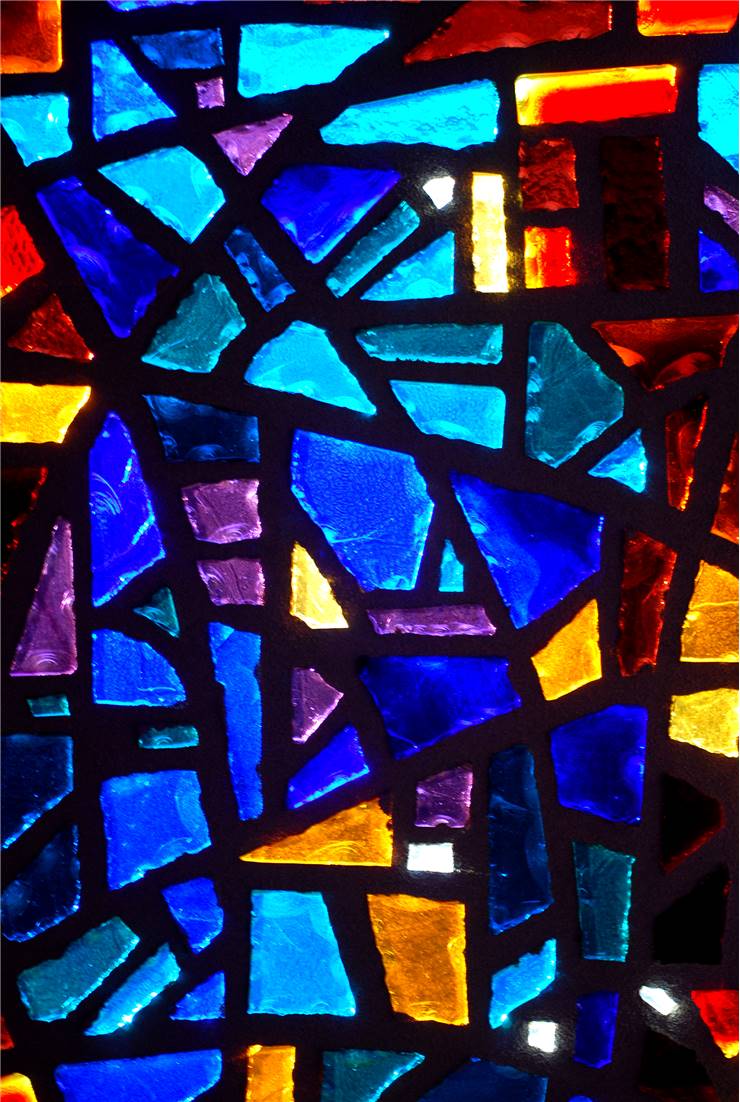The history of stained glass
Colored glass has been made since ancient times. Both the Egyptians and the Romans manufactured small colored glass objects.
Stained glass gained recognition as a Christian art form sometime in the fourth century as Christians began to build churches. The spread of Christianity throughout Europe is directly related to the expansion of stained glass across the globe and made stained glass the dominant art form of the new millennium.
One of the oldest known examples of multiple pieces of colored glass used in a window were found at St. Paul's Monastery in Jarrow, England, founded in 686 AD. The oldest complete European windows are thought to be five relatively sophisticated figures in Ausburg Cathedral.
Stained glass was also produced by Arab architects in the Middle East in the 8th century. Jabir ibn Hayyan ,the Persian chemist described 46 original recipes for producing colored glass in Kitab al-Durra al-Maknuna (The Book of the Hidden Pearl).

During the Gothic period (the 13th and 14th century) stained glass history expanded and stained glass windows took center stage in elaborate and monumental cathedral designs. By the mid 1400's, the new realism in painting by the great Renaissance artisans, including people like Jan Van Eyck, led to a decline of traditional stained glass.The bold lines and strong figures of Gothic styles stained glass eventually phased out and stained glass windows evolved into something more like a painting on glass than an architectural element.
Until the sixteenth century, stained glass was a primarily a Catholic art form and much of the precious art form was destroyed during the 1600's by order of King Henry VIII after his break with the Church.
Beside religious unrest, the decline of stained glass was caused during the Baroque period when the use of more clear glass was required in the arcitecture because the fashion leaned toward more intricately detailed interiors and elaborate wall painting.
During the late seventeenth century the artisans returned to Gothic style architecture which emerged a new found interest in stained glass. The openings for the new windows were truly Gothic, but the art of the windows was a combination of the old and the new.
During the movement of the Gothic revival many styles were enveloped.
During the nineteenth century, glass artists La Farge and Tiffany created opalescent stained glass.
During the 20th century many new and imaginative forms of this art began to take shape. Matisse, Braquer, Leger and other with their abstract and semi-abstract designs broke the traditional figurative mold of earlier times. The windows changed from painted art to decorative art. Artists from different parts of the world continue to experiment with new techniques and designes to create their glass artwork which lead to a new golden age of stained glass.
